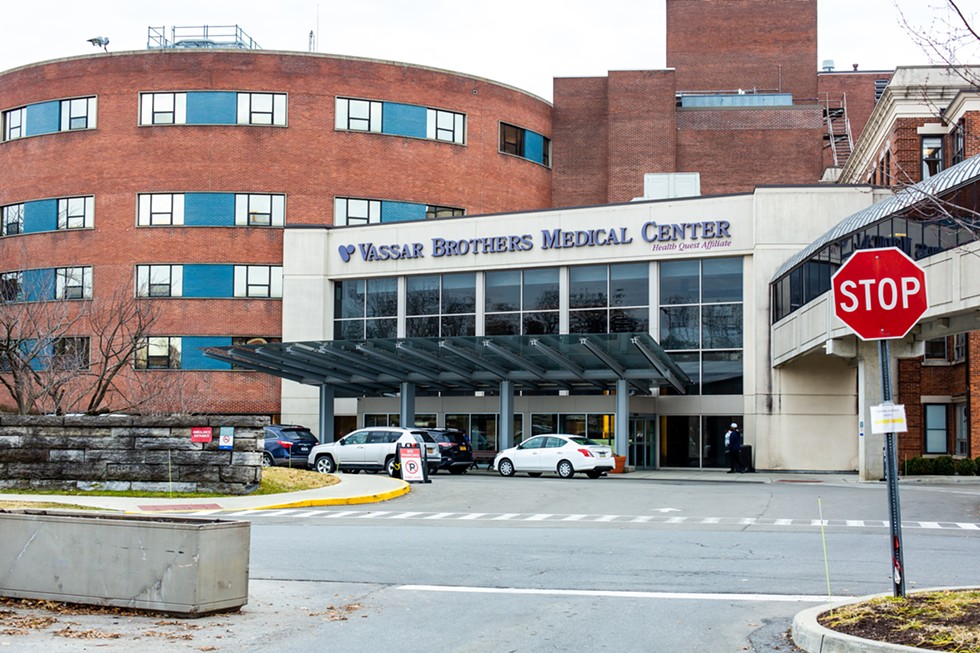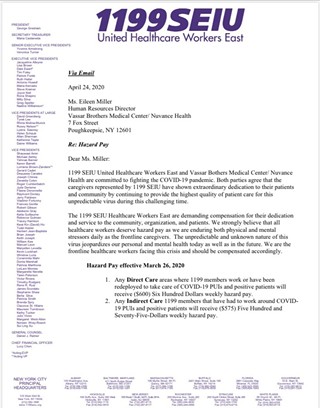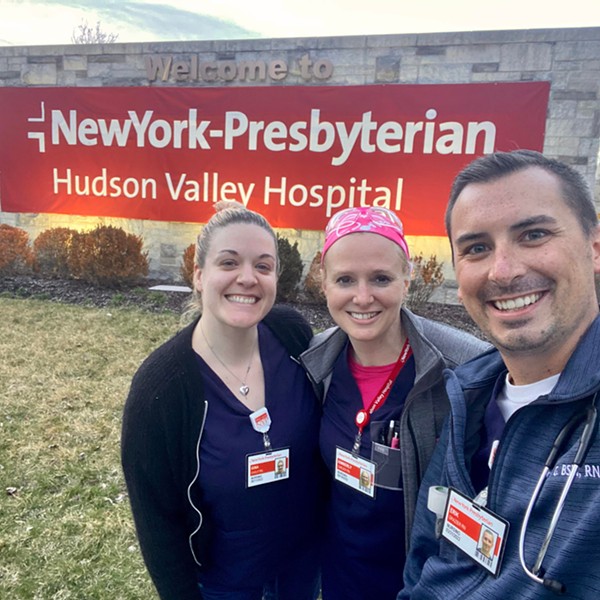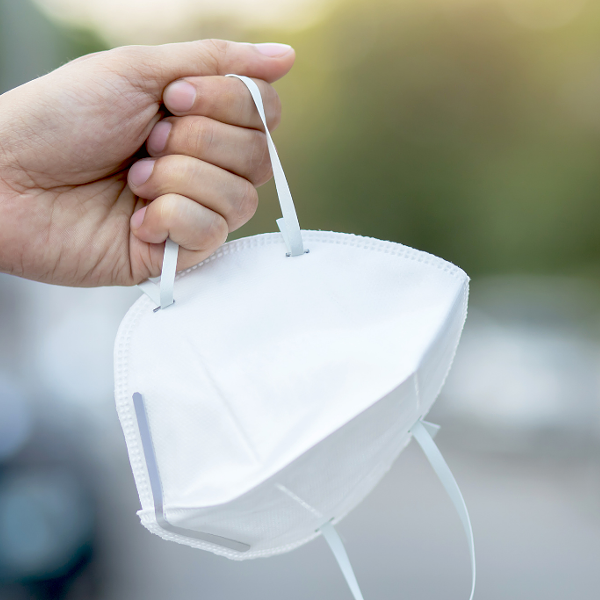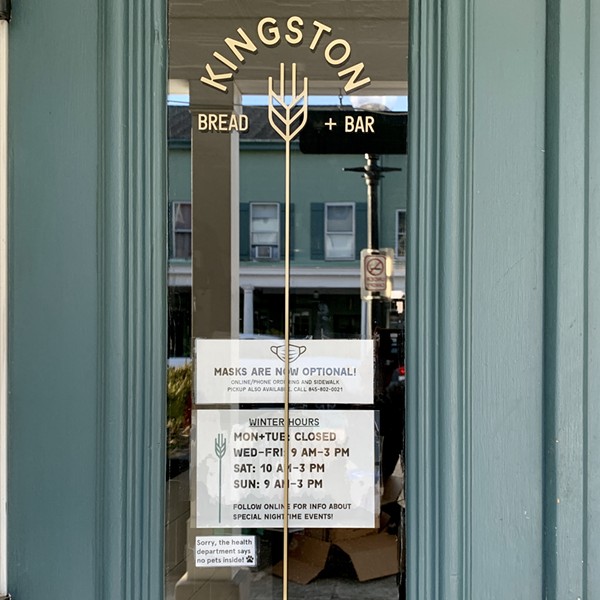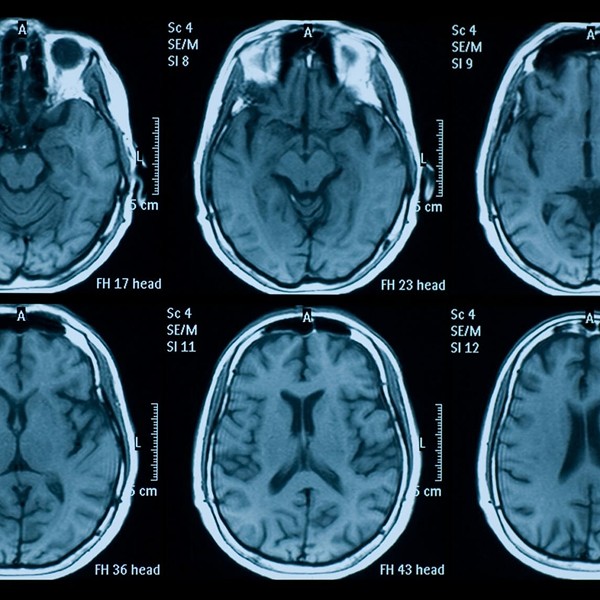When Lorey Sanicola, a patient safety companion at Vassar Brothers Medical Center in Poughkeepsie, was ordered to attend to a COVID-positive patient, she did what all frontline workers do—risked her life to do her job.
Sanicola told her boss she was nervous about being so close to the patient. According to Sanicola, her boss told her that “If I couldn’t do my job, l should take a leave of absence. But I need my job.”
Sanicola remained at the patient’s bedside to prevent him from pulling out his intravenous drip. She was fully gowned, gloved, and wearing a face shield, but without what she really needed: a respirator. There just weren’t enough around. Such precious commodities were first distributed to doctors, later trickling down to nurses.
Sanicola is pretty sure she contracted COVID-19 that Saturday evening in April by spending six hours in a small, private room with the patient. By Monday, the 58-year-old grandmother of three was experiencing terrible headaches, but she still worked her normal five-day schedule that week until the following Saturday, when she also broke out with a raging fever.
The next month was hell—including 16 days straight of a wicked fever—besides being deathly afraid of infecting her 89-year-old mother, whom she lives with in Port Ewen.
Sanicola is one of some 1,100 non-medical staff who faithfully showed up to work every day during the scary first weeks of the pandemic, but who now feel underappreciated, if not disrespected, by top management at Vassar Brothers—whom some staffers say worked from the comfort of home during the peak weeks.
Now healthcare workers at the hospital are seeking hazard pay for “enduring both physical and mental stressors daily as the frontline caregivers,” as their union, 1199SEIU United Healthcare Workers East, put it in an April 24 letter. After workers waited more than two months for a response, with human resources executives from parent company Nuvance Health dodging their requests for discussions, management denied the request and instead offered two additional paid days off.
A June 26 letter from Nuvance’s Chief Human Resources officer, Cathy Frierson, noted that staff had “demonstrated the highest quality of care to our patients and community during the fear and uncertainty of the COVID-19 pandemic,” but also said staff were already “generously compensated,” so we “respectfully decline your proposal for hazard pay.”
The rejection also applies to staff at Putnam Hospital; nurses at both facilities, represented by the New York State Nursing Association union, are believed to have had similar requests denied.
“That’s a slap in the face,” says one technologist with nearly 20 years’ experience working at Vassar Brothers, who is highly critical of the chaotic work conditions continuing to this day and who requested her name not be used for fear of retribution. “How is it that all the other hospitals managed to give their employees something where ours can’t?”
Most other downstate New York hospitals have offered some kind of recognition pay in varying amounts from $1,000 to 2,500, according to union officials.
“Vassar is mega-wealthy compared to these distressed hospitals; Nuvance could easily do this,” says Greg Speller, an 1199SEIU executive vice president serving in the union’s Hudson Valley and Capital District chapter.
At a June 4 informational picket outside Vassar Brothers Medical Center, anger and frustration were palpable among the several dozen staffers using their lunch or break time to register their dissatisfaction, particularly because of the widespread perception that management lacks a concrete appreciation of the grueling ordeal frontline workers have endured, and because they have only offered demeaning tokens of appreciation—like handing out ice cream sandwiches.
“There is a lot of stuff we have to do before we can go into these COVID rooms…and then you can’t just take off your mask and drink water, you have to come out, de-gown, wash your hands, and do all that before you can drink water or go to the bathroom, and by the time you do all that your break time is over,” recounts Michael Hinton, a patient-care technician who was often severely dehydrated and once had to be wheelchaired to the emergency room.
“We go through a lot in here. [Management] doesn’t understand that we are here to do a job, we show up, leave our problems at the door, treat patients like they're our own family, but with that job we want to feel that we are appreciated,” adds Hinton, a father of three. “And I’m not talking about handing out an ice cream sandwich and saying ‘Thank you’—I am talking about compensating us for the hard work that we do.”
In the April 24 letter, the union demanded an extra $600 for at least four peak weeks for those working directly with COVID-positive patients and “persons under investigation,” who have to be treated as if they are positive, and slightly lesser amounts for less-exposed staff.
Many staff, including Hinton and Sanicola, are paid an hourly rate of about $18 an hour, with weekly take-home pay of less than $600 after 40 hours.
There is also some resentment that top management seemed largely absent during the most harrowing weeks.
“They were not around when we were busting our tails off,” Hinton says. “The bigwigs here, they never stepped foot in the COVID rooms or even the COVID units—they only showed back up when we had patients being discharged. That’s when they wanted to come and take pictures and announce that we have discharged this many patients. That’s great, but who did all the hard work to get them to the point where they could be discharged?”
Other workers cited the stress of constantly changing, sometimes conflicting cleaning protocols and the fear of accidental exposure from patients taking off their masks. Then there’s the emotional strain of seeing so many succumb to the disease despite their best efforts.
“How much worse can it get than watching a stretcher go by with a dead body on it, multiple times a day, going down to the morgue?” asks the technologist. “Seeing people face down with the [ventilators], their bodies swelling because they can’t move…or coming into my room vented and they can’t breathe, they are gasping and they have to be suctioned…it takes a toll.”
Experiencing such realities up close and personal may explain why another nonprofit Hudson Valley hospital system—Garnet Health, formerly known as the Greater Hudson Valley Hospital System, headquartered in Middletown—turned out to be far more generous than Nuvance.
At Garnet Health, the executive team reportedly always remained on the job making the rounds, according to PR manager Rob Lee, which resulted in CEO Scott Batulis contracting COVID-19. Batulis was successfully treated by his own staff, which may have influenced his decision to offer bonus payments of $5,000 for staffers at high risk, $3,500 for those at medium risk, and $2,500 for those at low risk.
Lee insists this was a hospital initiative, but a May 15 letter from Joanne Sturans, the chief human resources officer, announcing the “one-time, discretionary bonus” for the “amazing work” done by the staff, references the union’s sense of “urgency” in the “past several weeks” for some kind of recognition pay.
“We are fully aware of the commitments and sacrifices our staff made during this time and feel that we are rewarding their efforts accordingly and have difficulty imagining any different structure or amounts to these payments which actually exceed some of your prior requests,” said the letter addressed to two senior officials of the 1199SEIU, which represents both non-medical staff and the nurses—more than 3,000 members at three campuses.
The union has encouraged staffers at both Garnet and Nuvance to email personal testimonials to top management, but it is unclear if those efforts were effective. At Vassar, emails reportedly bounced back if they contained the word “hazard.”
“Certainly without the struggle of our members through educating [Garnet Health executives] about what they went through and insisting on that kind of respect, this would not have happened, not in a million years,” insists Speller. “But to their credit, while they were resistant at first, they were flexible, they listened, and they stepped up and paid. It is the best, most generous agreement around, not just in the Hudson Valley/Capital District region.”
The bonus payment is estimated to have cost Garnet, which has annual revenues around $500 million, about $14 million. Orange Regional Medical Center received $39 million from the CARES Act, the Paycheck Protection Program, and the Health Enhancement Act.
Nuvance, with its network of seven hospitals employing 12,000 people, is several times larger, with annual revenues around $2.4 billion.
Like all hospitals in New York coping with a surge of COVID patients, Nuvance’s balance sheet took a hit because of the closure of surgical and other profitable departments, the rise in uninsured patients, and additional expenses incurred by scouring the globe for essential supplies and equipment.
Altogether, lost revenue and added expenses through the end of May amounted to more than $200 million, according to internal Nuvance communications leaked to The River, which barely mention the extensive federal bailout monies the system has received: at least $100 million—$34 million for Vassar Brothers alone—according to various figures.
The federal funds were aimed at supporting continued operations at hospitals while preventing layoffs or furloughs, including many efforts that Nuvance executives, including president and CEO John M. Murphy, highlight as reasons that no extra pay is warranted, including sick-leave benefits at full pay, hotel accommodations, child care and wellness, and peer-to-peer support.
But in practice, Vassar employees say that management’s actual treatment of staff is not nearly as caring as it might sound, and many complain that rules still change frequently, are not communicated well, and that safety protocols and enforcement are still too lax.
The technologist, for instance, says she has been put on a precautionary list for probable exposure three times. But some coworkers interacting with the very same patients, who later tested positive, were never called.
Staff furloughed because of COVID exposure did not have to test negative before returning to work again, and receiving sick pay was never easy, even after submitting positive test results, staffers say.
Sanicola says she had to jump through hoops in an attempt to get the $3,000 sick pay she was entitled to instead of it being automatically processed after she submitted her positive coronavirus tests—one of which she insisted on taking even after she would have been accepted back at work. She says she was also never offered the option of staying in a hotel—which she says she would’ve refused so as not to leave her mother alone—but said that most of the 1,350 nights Nuvance paid for went to visiting doctors and nurses, not union members.
Sanicola’s doctor was “appalled” by what happened and she said she plans on insisting on a respirator next time she is asked to spend any extended time in proximity to COVID-positive patients.
Nuvance’s press spokesman, John Nelson, declined to be interviewed for this article and did not return phone calls or reply directly to emailed questions. He provided this statement to The River: “Vassar Brothers Medical Center supports all our employees, who have done an exceptional job during the COVID-19 pandemic. As we face the challenges ahead, we will continue to work hard to meet the needs of our patients, staff, and the community.”
Correction: The unnamed technologist with nearly 20 years of experience at VBMC was previously misidentified as a radiologist. The story was updated July 15.







